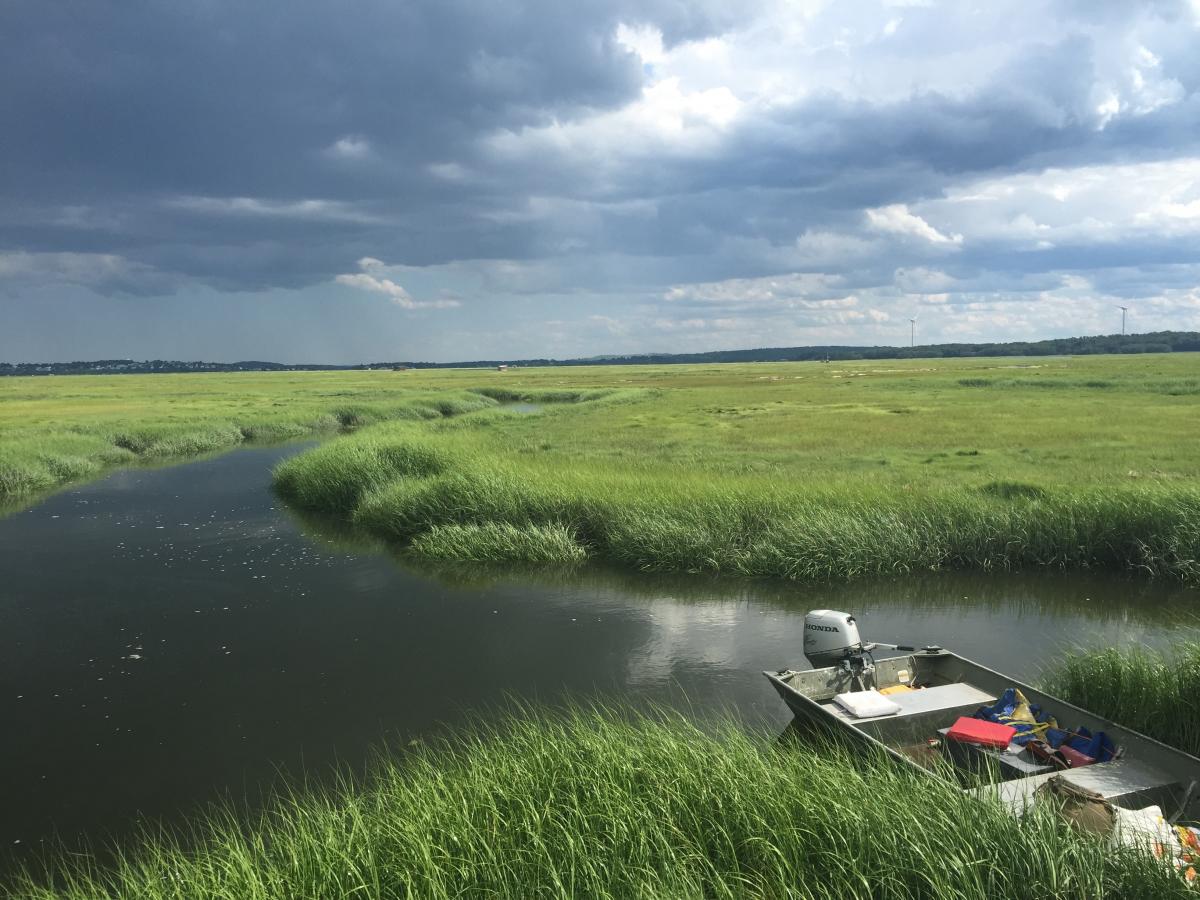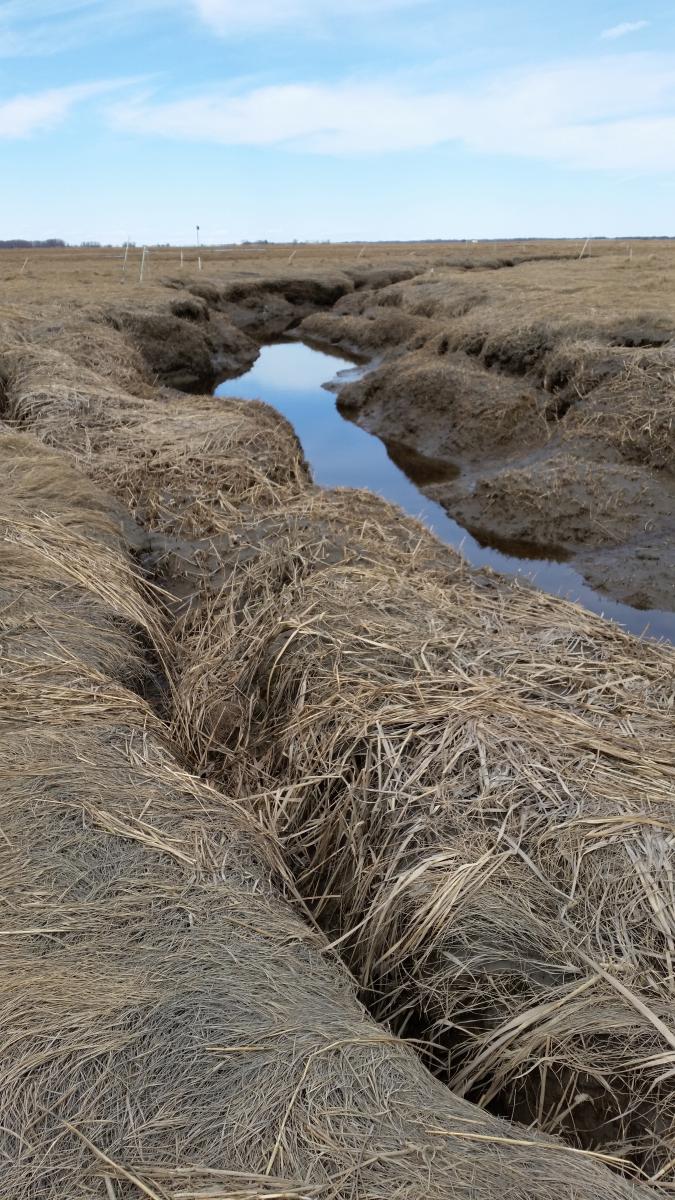Research ProjectEutrophication and Marsh Collapse
Spartina alterniflora, eutrophication, and marsh collapse
Affiliated Labs
Project Goal
Salt marshes are one of the most important ecosystems worldwide. Anthropogenic changes like elevated nutrients can change marsh plants so they are less able to hold salt marshes together. We are investigating whether genetic changes in a salt marsh foundation plant in response to elevated nitrogen may also be contributing to salt marsh collapse.
Description

Salt marshes along our shorelines are critically important for buffering storm surges, providing habitat for juvenile fish and crabs, removing nutrients, trapping sediment, and sequestering carbon. Coastal nutrient enrichment, especially by nitrogen (N), has resulted in salt marshes being one of the most nutrient-enriched ecosystems in the world and may have exceeded the capacity of salt marshes to trap nutrients. Coastal landscapes are among the most biologically productive ecosystems in the world and support 75% of the human population, making it particularly important to understand how anthropogenic changes affect salt marshes. Saltmarshes are being rapidly lost around the globe, but they have also become the focus of large-scale restoration strategies costing millions to billions of dollars to serve as storm buffers for coastal cities and as “blue” carbon pools to mitigate climate change.

The TIDE saltmarsh experiment is a unique ecosystem-scale test of how nutrient enrichment affects ecosystem structure, function, and long-term sustainability. Previous work in this system has demonstrated that nutrient enrichment results in fragmentation of salt marsh banks. These fragments then break off, resulting in bank collapse and a loss of the salt marsh (Deegan et al. 2013). Because the salt marsh banks that fragment are largely held together by the roots and rhizomes of Spartina alterniflora, we are focusing on understanding how nutrients drive changes in these plants and how those changes may be affecting salt marsh loss.
The aboveground stems of Spartina alterniflora, the foundation species of North Atlantic salt marshes, trap sediment, while belowground roots help marsh edges resist erosion and contribute organic matter that helps hold the marsh together. We have found that long-term nutrient addition has resulted in a change in which Spartina genotypes are most abundant. Now we are looking to see whether the genotypes that dominate in nutrient enriched conditions are also those that allocate less mass to roots and rhizomes that might otherwise hold the marsh together and prevent fragmentation and loss.
There has been a change in which Spartina genotypes dominate, but there has also been a decrease in the genetic diversity. Genetic diversity is the raw material that allows organisms to adapt to changing conditions, so by decreasing genetic diversity the nutrient-enriched conditions make it less likely that Spartina will be able to adapt to other stressors, like elevated CO2 and relative sea level rise. We are now investigating how these changes will impact the stability of salt marshes in the future.

